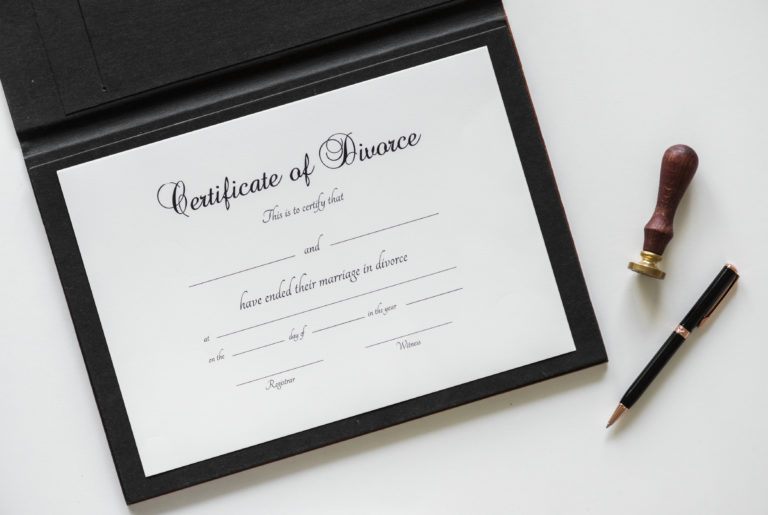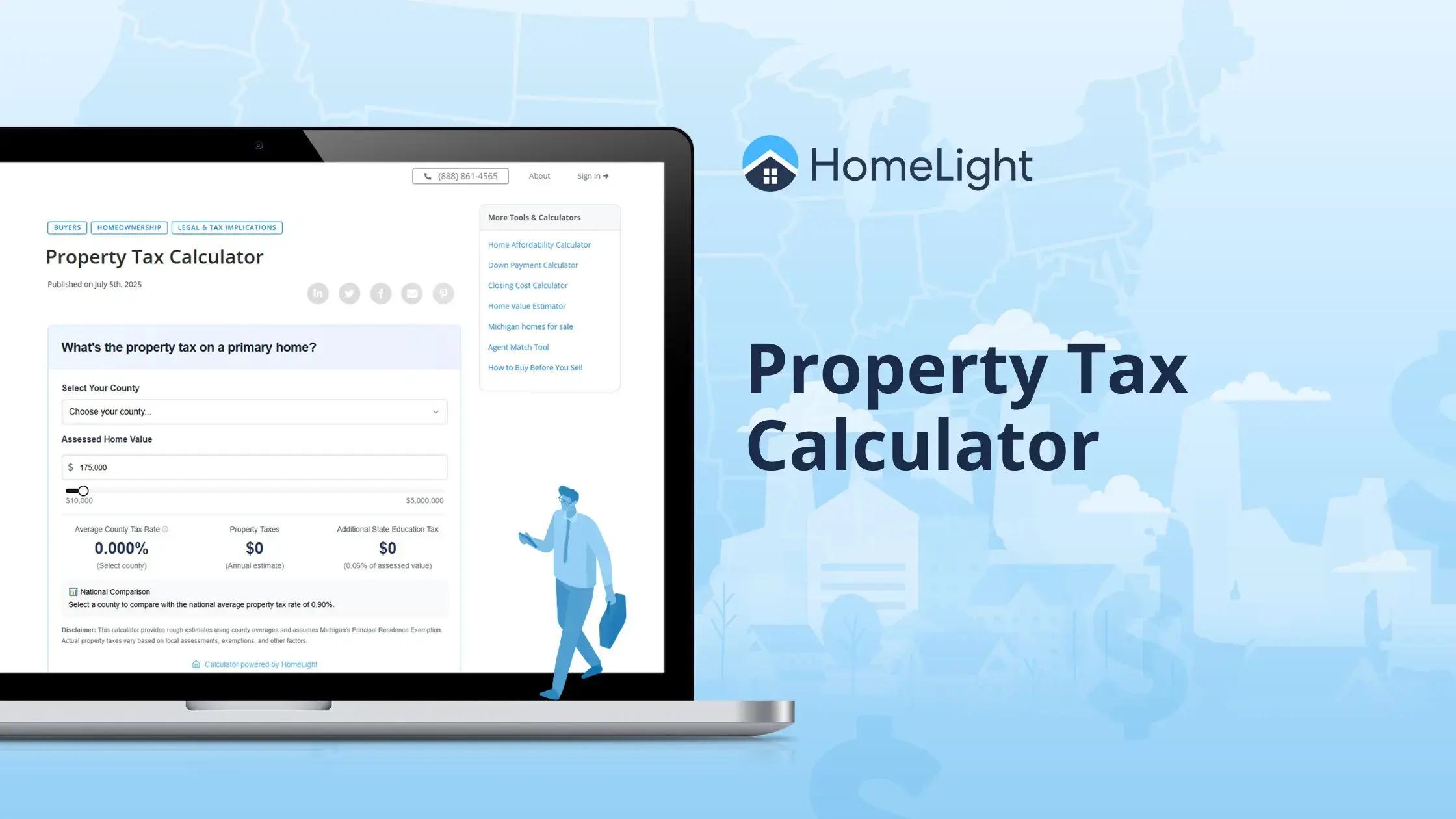
DISCLAIMER: This article is meant for educational purposes only and is not intended to be construed as financial, tax, or legal advice. HomeLight always encourages you to reach out to an advisor regarding your own situation regarding capital gains tax and divorce. The United States favors married couples in more ways than one. In fact, over “1,000 laws provide overt legal or financial benefits to married couples” in this country, an article by The Atlantic explains. That means married couples enjoy special privileges for social security, income taxes, and retirement accounts, and yes, even real estate. One of the biggest tax breaks for married couples is the $500,000 capital gains tax exemption on the sale of your personal residence, which is double the limit of what single filers can exclude. According to top real estate agents who’ve negotiated hundreds of divorce sales and a CPA with 40 years of experience, divorcing couples selling property need to structure the sale of their home with care or risk paying more money to the government. Indeed, when you get divorced, Uncle Sam will once again treat you as a single filer. As if you needed more downer news in the midst of an emotionally trying time, we’re here to help you know your options — because there are ways to sell your home in a divorce and still preserve the tax break. Generally speaking, the capital gains tax is the tax imposed on the sale of a capital investment. Real property is a capital asset, so it is subjected to capital gains tax once it’s sold. However, homeowners have a unique perk when they decide to sell their home — they can exclude up to a $250,000 gain when filing singly or $500,000 when filing as a married couple. “In other words, if a house had a base cost of $500,000, and then the house sold for a million dollars, that would be a $500,000 gain. But the $250,000 exemption for both the husband and wife [$500,000 total] would allow them to not pay a tax on that gain,” said Bill Katt, a CPA since 1978 based in Kenosha, Wisconsin. “The exemption is to encourage people to have homes. And it also has a goal of wanting people to upgrade their homes to nicer houses. A lot of people like to do that.” The capital gains tax break comes with a couple conditions. In order to qualify, you have to pass: First, the home generally has to be the seller’s principal residence for an aggregate of at least two of the five years leading up to the date of the sale. The second condition relates to time spent owning the house. Homeowners selling their home must have owned the house for two of the last five years in order to qualify for the tax break. As the IRS explains:“You can meet the ownership and use tests during different 2-year periods. However, you must meet both tests during the 5-year period ending on the date of the sale.” There’s a third condition as well. You can only claim the capital gains tax exemption once every two years. So say you bought a home, sold it five years later, and received the tax break. You put that money into another home purchase, but sold that one within a year. That second property doesn’t qualify for the break because you already claimed the exemption for that two-year period. Now, to qualify for the $500,000 exemption, a married couple must meet the following conditions: If even after all of the generous tax breaks, your gain exceeds your exemption threshold of either $250,000 or $500,000, the remainder of your gain will be taxable at a rate of 0%, 15%, or 20% depending on your tax bracket (possibly higher in some special circumstances). The capital gains tax break can be pretty straightforward for a single or married person selling their home. Of course, like most things, it gets a lot more complicated when divorce enters the picture. “Remember that if you decide to sell that home, and for some reason you move out, or you sell it five years later after making it a rental, and now you’re divorced — you’re only getting a $250,000 capital gains exemption,” advises Jordan Bennett, a top 1% real estate agent in Mission Viejo, CA. So how do you maintain the highest tax deduction ($500,000) when you’re selling your house during a divorce? Say you filed your taxes in April 2023. That return covers all of your tax liabilities for the prior year — in this case, 2022. So if you sold your home in 2022, and also stayed legally married to your spouse throughout the entire calendar year through December 31, 2022, you can still claim the $500,000 capital gains tax exemption on your 2022 tax return. That’s true even if your divorce finalized in, say, February 2023, before the return for that year is filed. If you were legally married at the end of the year that you sold your house, that’s all that matters in the eyes of Uncle Sam. In that case, divorcing couples can then claim $500,000 worth of tax-free gains in a couple of ways: This may require postponing your final divorce paperwork, which isn’t always an attractive option. But if you aren’t legally married for the entire tax calendar year, you cannot file a joint return or “married but filing separately” returns to claim the $500,000 exclusion. “Sometimes in the divorce, one spouse will buy the other spouse’s half of the house,” Katt said. When the time comes for the ex-spouse who took full ownership to sell the house, they’ll only be able to exclude $250,000 of capital gains. Fortunately, “in most cases, that’s enough to cover any gain involved,” says Kitt. However, if love strikes and the owner gets married again, the $500,000 exemption becomes a possibility again. Say the ex-spouse/owner remarries and, and the new married couple owns and lives in the house together for at least two years, they can then together qualify for the $500,000 exclusion at the time of sale. Section 1041 of the IRS code regulates the transfer of property “incidental to a divorce,” including real property. In this case, both ex-spouses could exclude up to $250,000 of capital gain on their share of the house at the time of sale on their respective (single filer) tax returns, provided they individually meet the ownership and use tests. However, if the ex-spouses continue to co-own the home long after the divorce, it’s often difficult for the spouse who moved out to meet the primary residence use test of living in the home for an aggregate of two years prior to the date of sale. There is a workaround for this to help out that non-resident ex-spouse. As MarketWatch explains, the divorce paperwork must stipulate with special language that the ex-spouse who’s moving out will receive “credit” for their ex’s continued use of the property until the home is sold, making it possible for them to still pass the use test and qualify for a $250,000 exclusion. Divorce and home sales go hand in hand. When emotions reach a fever pitch, you need to shield your largest financial asset from the damage caused by rash decisions and in-the-moment disagreements. Find a top real estate agent through HomeLight and ask the concierge to match you with a professional who has years of experience working with divorcing couples or even the real estate divorce specialist certification. Then, be sure to consult with a CPA or real estate attorney who knows the tax rules like the back of their hand to structure the most profitable home sale. Remember: Information in this blog post is meant to be used as a helpful guide, not legal advice. If you need legal help with structuring your taxes during a divorce, please consult a skilled lawyer.First things first. What is a capital gains tax break?
How does someone qualify for the capital gains tax break?
The use test
The ownership test
The ‘other home’ test
So you’re getting divorced. Don’t lose that $500,000 exclusion!
Situation 1: The couple stays officially married throughout the end of the year in which the home is sold.
Situation 2: One spouse is buying out the other and staying in the home.
Situation 3: Both spouses continue to co-own the home, though only one ex-spouse lives there.
Consult an experienced tax attorney to save your home sale tax breaks


